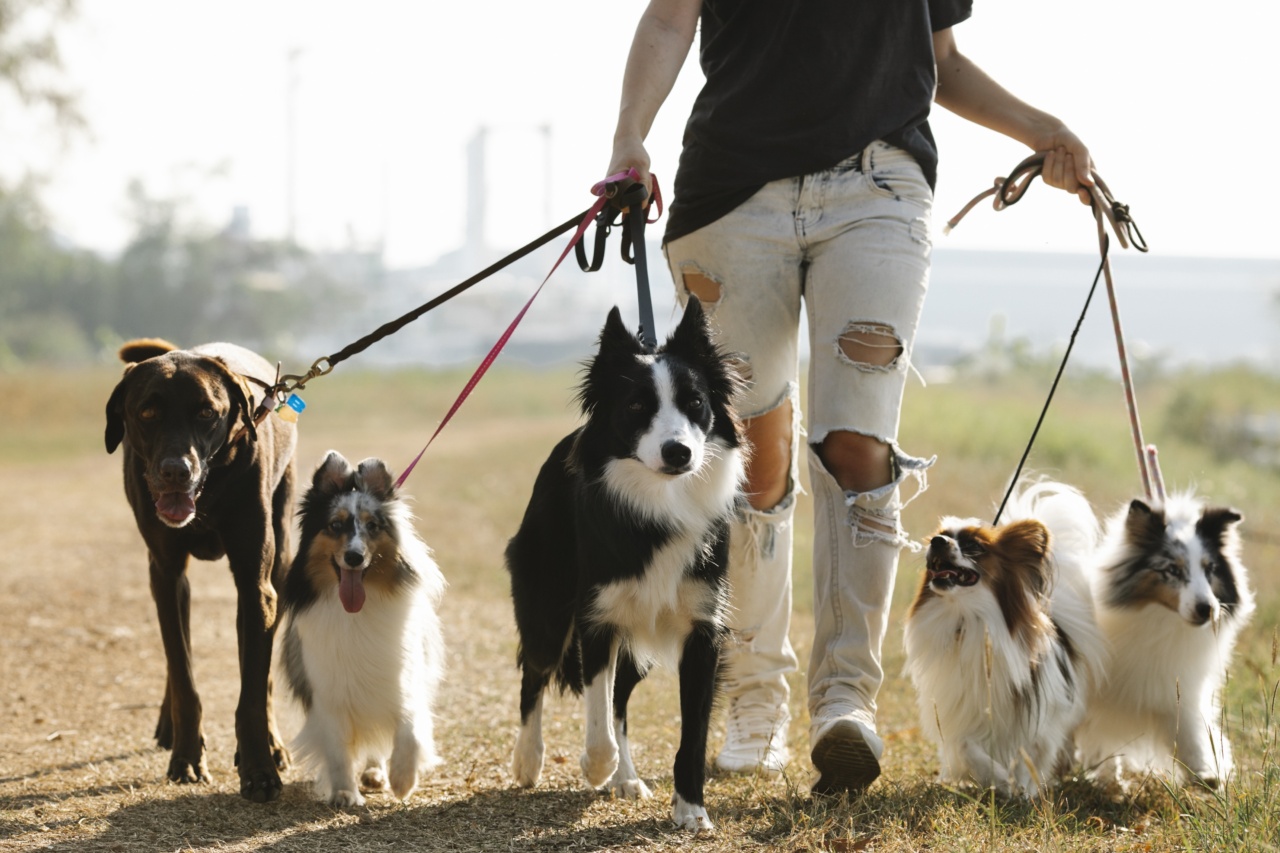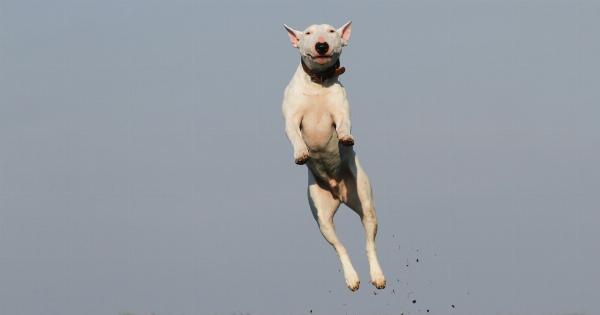As loving and loyal companions, dogs have the ability to form strong emotional bonds with their owners.
They are known for their affectionate and protective nature, often showing signs of jealousy when their owners show attention to someone or something else. But do dogs truly experience jealousy, or is it just an interpretation of their behavior? In this article, we will dive into the fascinating world of canine emotions and explore whether dogs can experience feelings of jealousy towards their owners.
Understanding Canine Emotions
Before we delve into the concept of dogs experiencing jealousy, it is important to understand their emotional capacity.
While dogs cannot communicate their emotions through language like humans, research suggests that they indeed experience a range of emotions similar to us. Dogs are capable of feeling happiness, fear, anxiety, sadness, and even empathy. Their emotions are mainly expressed through body language, vocalizations, and behaviors.
Identifying Jealousy in Dogs
Jealousy is a complex emotion that can be challenging to define in dogs.
It often manifests as a result of perceived threats to a dog’s relationship with their owner or the resources they consider valuable, such as attention, affection, toys, or food. While dogs cannot verbally express their jealousy, they may display certain behaviors that can be interpreted as signs of jealousy.
1. Attention-seeking behavior: Dogs may exhibit attention-seeking behavior when they believe their owners are not giving them enough attention. This can include pawing, nudging, barking, or even sitting between their owners and other individuals or pets.
2. Possessiveness: Dogs may become possessive and guard their owners, showing signs of discomfort or aggression when others approach, especially if they perceive them as a threat to their bond.
3. Increased vocalization: Jealous dogs may express their jealousy through increased vocalizations such as whining, barking excessively, or growling when their owners give attention to someone or something else.
4. Attention diversion: Dogs may attempt to divert their owner’s attention back to themselves by displaying attention-seeking behaviors or engaging in mischief, such as chewing on furniture or stealing objects.
5. Physical contact: Some dogs may try to physically insert themselves between their owners and anything or anyone receiving attention to regain their owner’s focus and affection.
Scientific Studies on Jealousy in Dogs
While canine jealousy has not been extensively studied, some scientific research suggests that dogs do experience feelings of jealousy. One study conducted by Dr.
Christine Harris and Caroline Prouvost at the University of California observed jealous behaviors in dogs when their owners showed affection to a stuffed dog over them. The researchers found that a significant number of dogs exhibited jealous behaviors, such as pushing their owners or the stuffed dog away, attempting to get between them, or snapping at the stuffed dog.
Another study conducted at the University of Auckland investigated how dogs react when their owners display affection towards another dog.
The researchers found that dogs were more likely to push or touch their owners when they showed affection towards another dog, indicating signs of jealousy.
These studies provide some evidence that dogs can experience jealousy in certain situations.
However, it is important to note that jealousy in dogs may vary based on individual temperament, past experiences, and the relationship they share with their owners.
Understanding the Motivation Behind Jealousy
Jealousy often arises from dogs’ desire to maintain their social connection with their owners and secure the resources they value. Dogs, being highly social animals, rely on their owners for companionship, love, and sustenance.
When they sense a threat to these relationships or resources, jealousy may emerge as a natural response to protect and preserve their bond with their owners.
It is crucial to note that while dogs may display behaviors that resemble jealousy, their motivations might differ from human jealousy.
Human jealousy often stems from complex emotions like insecurity, envy, or fear of losing a loved one’s attention or affection. Although dogs exhibit similar behaviors, their motivations are more likely driven by their instinctual need to retain their social position in the household pack.
Managing Jealousy in Dogs
Just like any other behavioral issue, addressing jealousy in dogs requires an understanding of the underlying cause and consistent training techniques. Here are some strategies to help manage jealousy in dogs:.
1. Socialization: Properly socialize your dog from an early age to ensure they are comfortable in various situations and around different people and animals. This can help minimize possessiveness and jealousy towards perceived threats.
2.
Train basic commands: Teach your dog basic obedience commands like “sit,” “stay,” and “leave it.” These commands can be invaluable in redirecting their attention and managing their behavior when they display signs of jealousy.
3. Reinforce positive behavior: Reward your dog with praise, treats, or playtime when they exhibit calm and non-jealous behavior. Positive reinforcement can help reinforce desirable behaviors and redirect their focus away from jealous reactions.
4. Avoid reinforcing jealous behavior: It’s essential not to inadvertently reward jealous behavior in dogs.
Giving in to their demands or providing attention when they exhibit jealous behavior can reinforce the negative behavior, making it more challenging to break the cycle.
5. Provide individual attention: Allocate dedicated one-on-one time for each dog in your household to ensure they feel loved and valued. This can help mitigate feelings of jealousy and promote a harmonious relationship between dogs and owners.
Remember, seeking guidance from a professional dog trainer or animal behaviorist might be beneficial if you’re struggling to manage your dog’s jealousy or if their behavior poses a risk to themselves or others.
Conclusion
While it is impossible to determine precisely what emotions dogs experience, many dog owners and experts believe that dogs can indeed feel jealousy.
The signs of jealousy dogs exhibit, such as attention-seeking behavior, possessiveness, increased vocalization, attention diversion, and physical contact, support this notion. While scientific studies provide some evidence of canine jealousy, more research is needed to gain a deeper understanding of this complex emotion in dogs.
As responsible dog owners, it is crucial to be aware of our dogs’ emotions and manage their jealousy appropriately.
By providing proper training, socialization, and individual attention while avoiding reinforcing jealous behavior, we can help foster healthy relationships with our beloved canine companions.





























